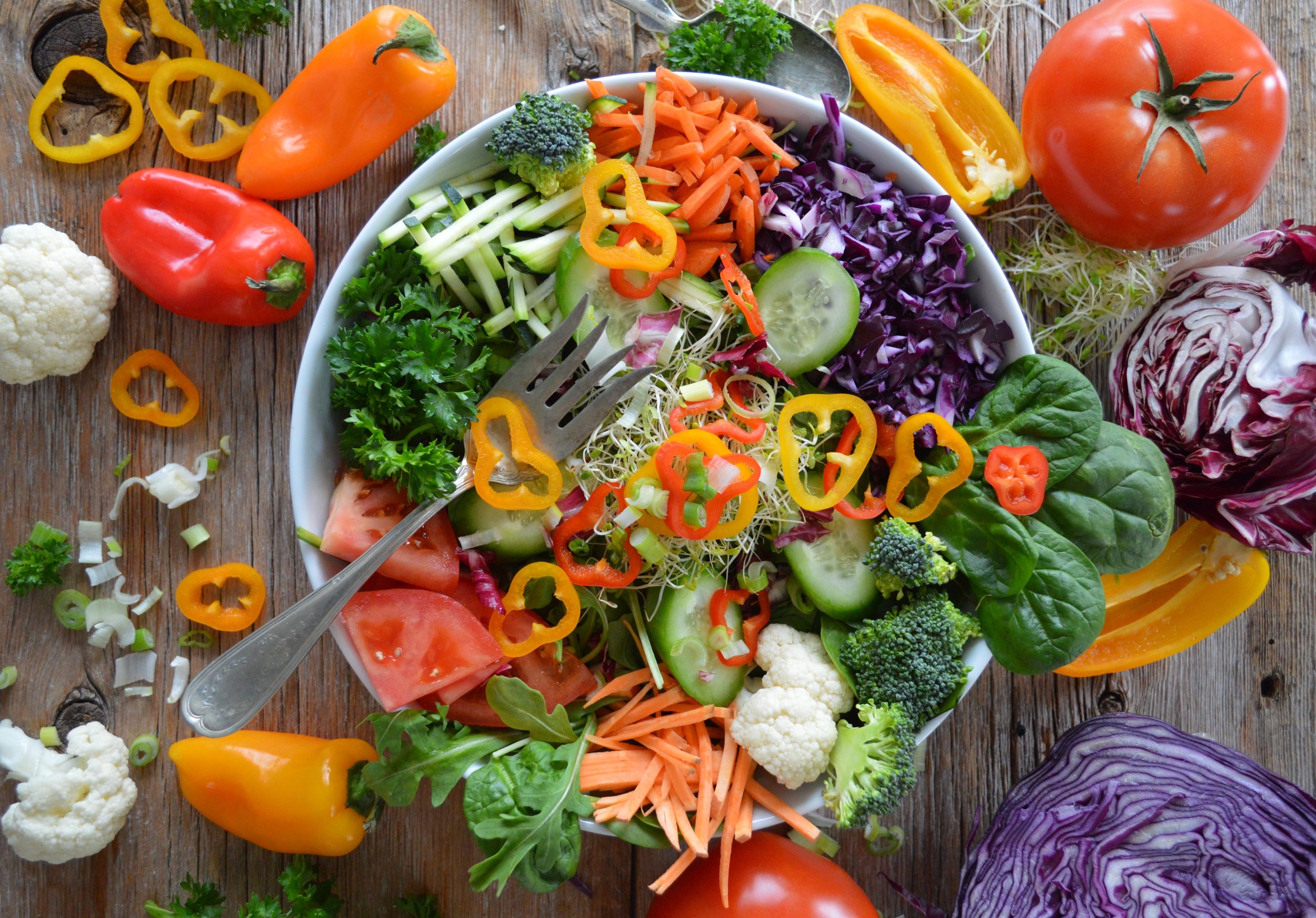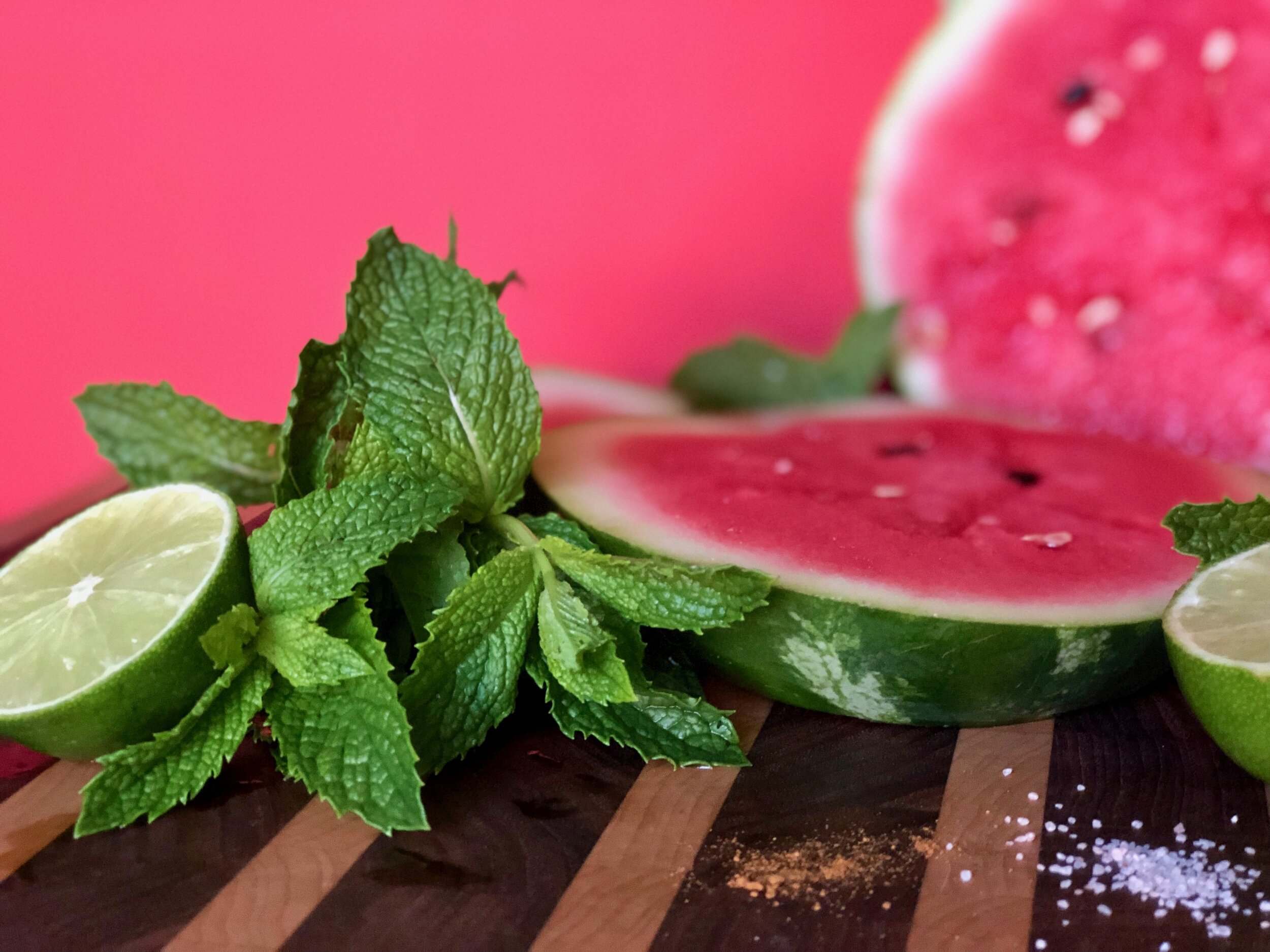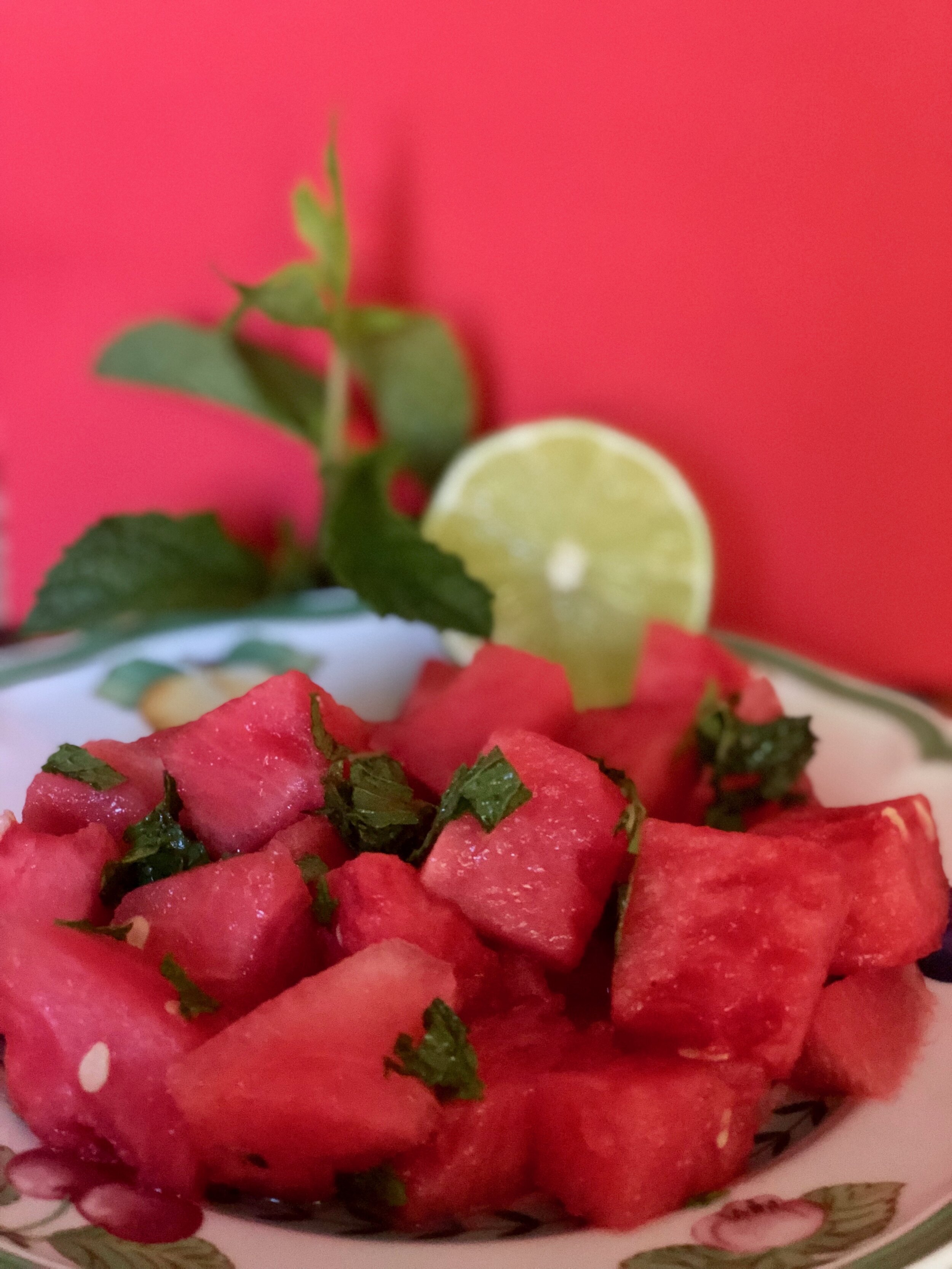The Benefits of Eating Watermelon
/Summertime is melon season. As the summer edges toward fall, we find ourselves gorging on as many melons as we can find. Watermelon is one of those late-summer indulgences that refreshes and re-energizes. As Yom Kippur falls this time of year, watermelon is also one of the most effective foods at keeping you hydrated so you can fast well.
Did you know that watermelon is 92% water? (For comparison, an apple is 84% water and a cucumber is 96% water!)
Watermelons Come In All Shapes, Sizes And Colors
Watermelon appears to be a basic, staple fruit. What is surprising is how diverse it actually is, both in appearance and in its nutritional profile:
Rind patterns can be solid or striped
Flesh colors can be pink, red, yellow or orange
Shape can be round, oval, oblong or square
Seeds can be present or absent
Size can vary from 6 inches to 3 feet
Nutrition can include varying amounts of vitamin C, vitamin A, lycopene – and especially the amino acid citrulline. This amino acid stimulates production of nitric oxide, which regulates blood pressure and enhances blood flow.
Yellow watermelon
Why Is Lycopene Important?
Watermelons are powerhouses of lycopene, a carotenoid phytonutrient typically associated with tomatoes. Lycopene has been shown to lower the risk of heart disease. In fact, watermelon has even more lycopene than tomatoes! With watermelons, the more fully-ripened and red-fleshed, the higher the lycopene level.
Watermelons Have Evolved Through Selective Breeding
The sheer diversity of watermelon varieties demonstrates just how much the process of selective breeding and other modifications has impacted this seemingly basic fruit. For instance, a 17th-century painting by Italian artist Giovanni Stanchi depicts a sliced watermelon with significantly thicker rind, less flesh and fatter black seeds than we see in the 21st century. This process is similar to how citrus innards have evolved: from citrons (etrogs) and pomelos having thick rinds and little juice, to grapefruits and lemons having thin rinds and lots of juice.
Mid-17th century still-life painting by Giovanni Stanchi
Watermelon Has an Extraordinarily Diverse Array of Uses
You might think that watermelon is best eaten straight off the rind. But there are many ways to eat it.
They include:
As an ingredient in a morning smoothie
As homemade popsicles (mixed with lemon juice and a little fresh mint)
In a fresh salad. A popular Persian custom is to eat it for breakfast with sheep feta, mint and olive oil.
Watermelon Mint Salad
Here is a super-yummy watermelon salad recipe that is incredibly simple to make. The flavors are enhanced with some zesty herbs.
Ingredients
8 cups seedless red or yellow watermelon (cut into 1-inch cubes), from a 6-pound melon
1/4 cup fresh-squeezed lime juice
Pinch of cayenne pepper
1/2 cup mint leaves, torn
Dash of sea salt
Instructions
Toss the watermelon into a large bowl, and mix with the lime juice and cayenne pepper.
Add the mint leaves to the mixture, sprinkle with salt, and serve.
Post revised on September 22, 2020.
Watermelon Mint Salad







